Stockpiling is the go-to method for preparing for natural disasters or other SHTF scenarios. Preparing for a future job loss might encourage you to build a stockpile and keep it edible. A stockpile allows you to provide for your family for an extended period.
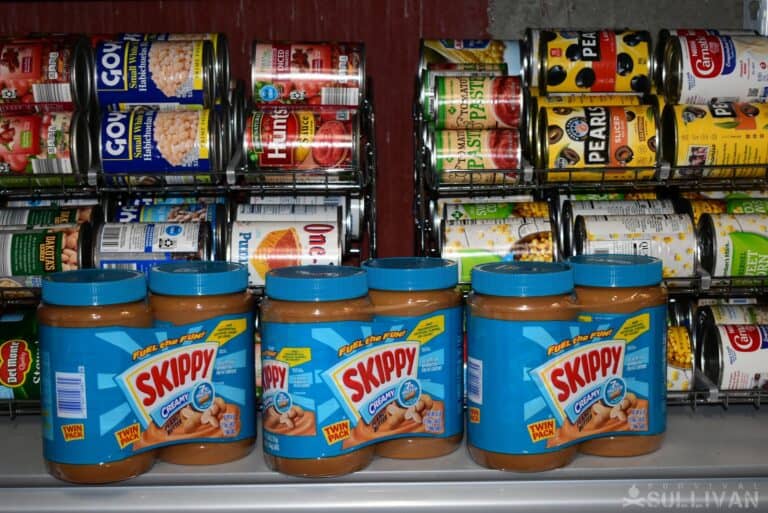
However, stockpiling also comes with common mistakes that you might make without realizing. Some mistakes seem minor, but remember that any mistake could lead to a loss of food. That means you also wasted money and time, and now you are less prepared than before.
Don’t fret! Learning from these mistakes allows you to the opportunity to ensure they never happen. If you realize you are already making a mistake, just breathe. Most of these are an easy fix that just takes a bit of time.
#1. Canning Improperly
If you plan to home-can your food, make sure that you follow all USDA canning instructions. Just because your grandmother did something, doesn’t make it safe! For example, canning any dairy products is NOT safe. You cannot can egg or flour products, such as noodles.
Low-acid food must be canned in a pressure canner rather than a water bath canner. You should also store canned foods without the rims on the jars. The rims can conceal a loose lid and allow the lid to reseal after bacteria entered the jar. Make sure you study proper canning techniques to avoid harming your family.
#2. Allowing Pests to Enter
Pests will destroy your stockpile. You go to open a bag of flour only to see bugs everywhere. Most preppers will experience a few pests that destroy a few items. It is a serious learning experience.
Pests aren’t just limited to moths or maggots. Mice, rats, and cockroaches also can enter your stockpile. Never, ever underestimate a pest. If they are hungry, they will try to find a way to access the food.
#3. Paying Full Price for Items
You don’t need to be an avid couponer or appear on Extreme Couponers to have a rocking stockpile. You also don’t have to pay full price. In fact, paying full price is a huge mistake.
Saving money is a wise thing for everyone, prepper or not. It is making the best use of what we have available. I highly suggest that you don’t pay full price for any store-bought item that you place in your stockpile.
How can you make that happen? My advice is to pay attention to sales. Buy-one-get-one deals are fantastic. You can also check out coupons, but don’t go crazy.
Combining sales and coupons is ideal. For example, you might want to purchase rice that is typically $1.50 per box. This week, the box is on sale for $1.00, and you have a coupon for $.50 off the box. If you have several coupons, you might be able to score five or more boxes of rice for only $.50 each. That’s a bargain!
#4. Buying Just Because It is Cheap or on Sale
On the flip side, you should NEVER buy something because it is super cheap. Stockpiling items that you will never use is a waste of money, plain and simple.
Just because there is a mega-sale on diced pineapples doesn’t mean you should buy the entire shelf if you hate pineapples!
Another example is buying too much of what is cheap. You might enjoy lima beans a few times a year. That doesn’t mean that you should buy 40 cans when you have coupons and sales. It isn’t a wise idea. You need to save that shelf space for items you will use and will enjoy using.
#5. Forgetting to Rotate Your Stock
The best stockpile is alive. What do I mean by alive? That means it is always in use. What good is it to have 50 cans of chicken stock if they go bad before SHTF.
Avoiding this mistake means you have to be organized. You need to store items based on their expiration date, and put the ones that expire soonest in front of the line. When you go to the store and grab more chicken stock for the pile, you would place in the back.
All of the items in your stockpile should be rotated and used or consumed. Organization and proper shelving go a long way to make sure your items don’t spoil.
#6. Stockpiling The Wrong Foods
Yes, several foods don’t store as well as others. That doesn’t mean you cannot include them, but it means you don’t want to purchase too many of those items.
Frozen foods are great, but a stockpile of all frozen foods will spoil if the electricity goes out because of an EMP.
You are going to need to eat all of the food within a few days if the power goes out. If you can’t do that, it will spoil. Another choice would be to plan to can all of that food over an open fire, but you risk exposure by doing so.
Non-perishable foods also need to be researched. Instant rice and instant oatmeal expire sooner than other types. It is fine if you want to include some in your stockpile, just don’t over-purchase, and remember to rotate them!
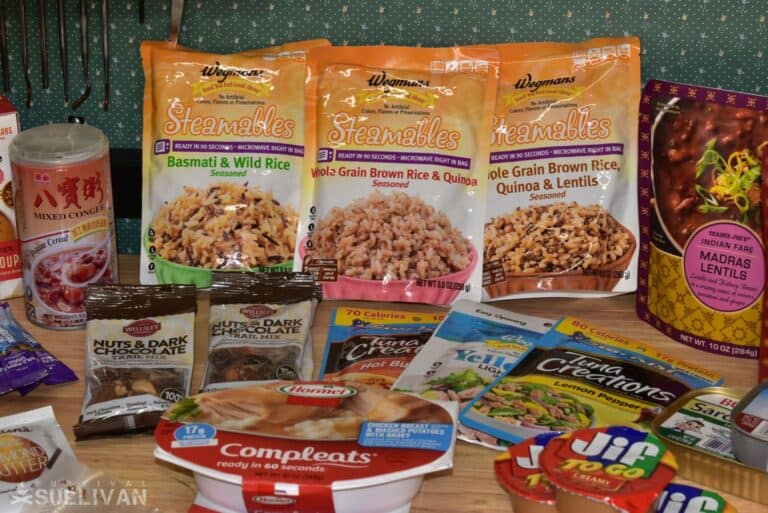
#7. Not Stockpiling Enough
If you go to the grocery store during an SHTF situation, you might be able to get enough food to last you for three days.
Three days is nothing if the blizzard of the century is headed your way. Three days will get you nowhere in case of an economic meltdown. The minimum amount of time you should prepare for is 30 days. Make that your first goal.
#8. Not Tracking Smaller Items
So, you are paying attention and stockpiling necessary items on that list. You are adding items that you use on a regular basis to ensure you get the best price and that you have them in a SHTF situation.
Are you also paying attention to smaller items you might overlook? Yeast, baking soda and powder, and cooking oils tend to get left behind because they are simple and easy to forget.
Keeping track of everything that you use can also be beneficial in other areas. Missing small toiletries or first aid items is easy.
#9. Storing Everything in One Place
Plans change, and you need to plan for the unexpected. Everyone prefers the idea of bugging in and staying near their home.
What if your home is destroyed or you are unable to access it? Then, your stockpile does you no go. Ideally, you would have a separate location for some of your stockpile.
You might also keep some things in your vehicle, keeping a close watch on the temperature fluctuation. Some preppers also keep caches locally, allowing them to access their stockpile on the go.
#10. Flour Mistakes
I always have flour in my stockpile. Our family loves to bake! However, there are two huge mistakes you might make. First, wheat berries tend to store better, so many preppers purchase hundreds of pounds of wheat.
Those wheat berries will do you NO good if you forget to bring along a manual wheat grinder. Electric ones are great and more efficient, but they won’t work if the electricity goes out.
The second mistake is forgetting that flour has to be stored in an airtight container. Flour in the bag only stays good for a few months. If you want to store flour for an emergency, it is best put into an airtight container.
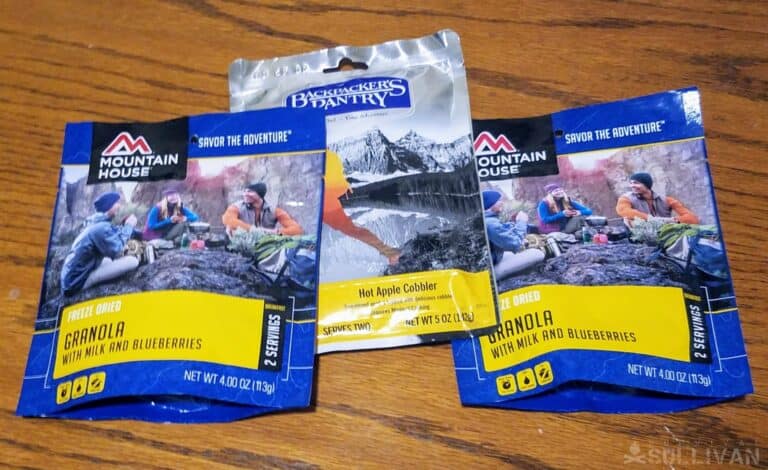
#11. Not Getting High-Quality Freeze-Dried Foods
Freeze-dried foods are a fantastic addition to your stockpile and your bug-out bag, but not all brands are created equal. Some cheaper brands have a higher percentage of oxygen levels, which could affect the storage capabilities and quality.
Higher-quality freeze-dried foods may cost more, but they are worth the quality, and the fact that they’re lightweight makes them ideal to be kept in bug-out bags.
#12. Not Rotating the Water Supply
Water, even though it does last a lifetime, doesn’t last forever in the storage you chose. For water stored in a plastic container in a cool area, you can expect them to last 6 to 12 months.
If you store your water in stainless steel containers inside of a temperature-controlled room, the water will last up to three years.
No matter your chosen method of water storage, you must rotate. Don’t exclude water from your rotating schedule!
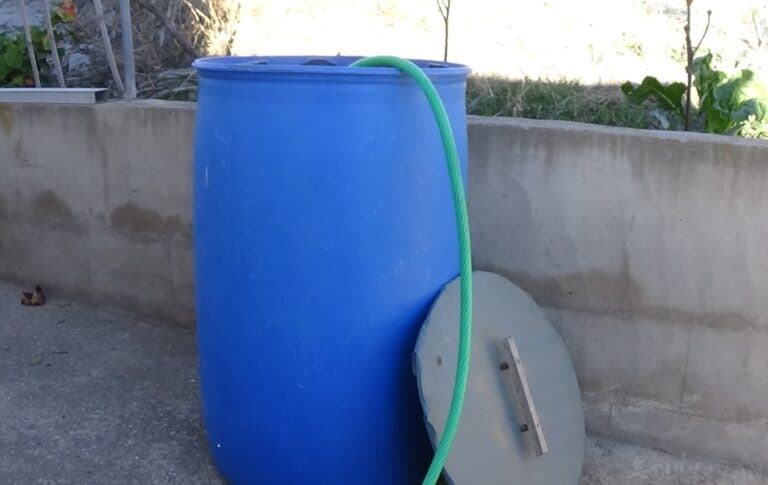
#13. Storing Water in Wrong Containers
There are right and wrong containers to store drinking water. Drinking water should never be stored in containers that held anything other than water.
Milk jugs do not work for drinking water! Clear containers should be avoided and also avoid hot and humid storage locations.
You can store water in old milk or vinegar jugs, once cleaned out, to be used for cleaning purposes or flushing toilets.
#14. Keeping Your Stockpile in the Garage
Your garage might seem like an obvious place for your stockpile, but it isn’t the best location. Most garages are not temperature-controlled.
In the summer, temperatures can soar. In the winter, temperatures can reach near freezing. Your stockpile needs to be in an area that is, at least, slightly temperature-controlled. Some fluctuation is normal, but not going from one extreme to another!
#15. Forgetting Variety and Flavor
Yes, you may be stocking for an SHTF situation, but that doesn’t mean variety and flavor aren’t a factor. You don’t need to eat from a boring stockpile.
A simple mistake is forgetting that variety of great. The perfect stockpile will have a balance of all the food groups, different ingredients, and flavors. Chicken soup might seem like the perfect stockpile choice, but mix it up!
Flavor is important for cooking, even once disaster strikes. Don’t forget the importance of salt, sugar, and spices.
Condiments also are helpful! Lemon juice, ketchup, mayonnaise, relish, and more can expand your meal choices and make the stockpile exciting. Onions and garlic are essentials for all stockpiles, especially the powdered versions!
#16. Not Thinking about Comfort Foods for the Kids
Just because the SHTF doesn’t mean that your children will adapt immediately. Kids cannot process the direness of a situation.
They still want the foods that they love the most. It is essential that you stock items that make the transition easier. These items will eventually run out over time, but it won’t be cold turkey for everything your child loves.
My kids love crackers! Yes, they don’t have a great storage life, but we keep several boxes on our shelves at all times. Applesauce, canned fruits, premade granola bars, and jelly are also favorites. Think about your children’s favorite items and stock on them to make the transition easier.
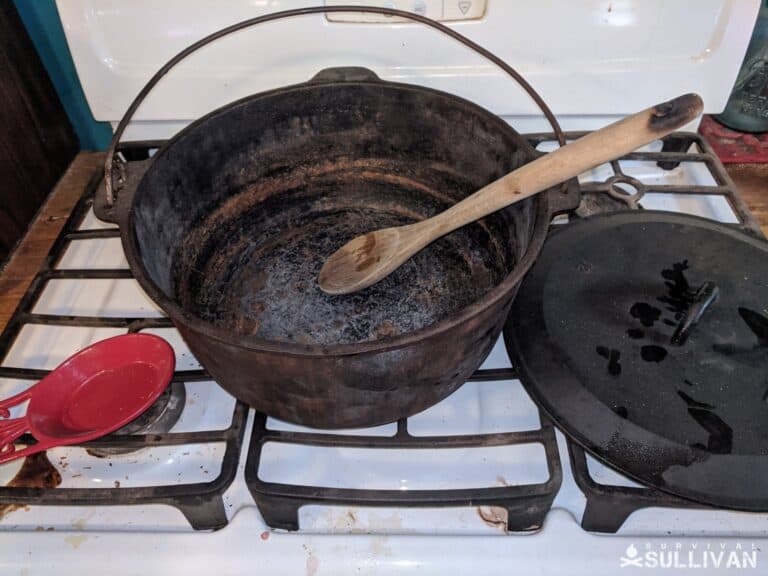
#17. Forgetting about Cooking Equipment
You have a great stockpile of food, but you also need a way to cook all of those beans and rice! Consider alternatives to cooking your food. You might want to have a camping stove or two along with a hefty stockpile of fuel.
#18. Telling Everyone about Your Stockpile
We have every right to be proud of our stockpiles. They take time and effort. However, if all of your friends and neighbors know that you have a rocking stockpile, where do you think they will head first? Unless you plan to feed everyone, keeping your stockpile a secret is the best idea.
#19. Planning to Rely on Your Stockpile Entirely
Once those 30 days are up, what are your plans? Ideally, your stockpile will still be extensively filled and prepared to support your family for months to come.
However, starting a garden at the end of this period is a bad idea. You need to start the garden ahead of time. It takes a lot of skill! Learning how to forage or hunt also requires time and patience that you cannot develop once all of the food runs out. Plan ahead.
The best stockpile requires organization, patience, and thoughtfulness. Create a plan and stick to your plan. Create plans for the unknowns. By learning ahead of time the biggest stockpiling mistakes, you can avoid making them in your stockpile.
Do you have any advice for those new to stockpiling? Let us know in the comments your top piece of advice.

Bethany Hayes is a mother of three kids who has a small, suburban homestead. When she isn’t homeschooling or gardening, she might be focusing on building up their homestead or preserving the harvest.

“Oh, Mom! That’ll never happen!” Sound like your kids? Sounds like mine. When the ice cream goes through the fan guess who’s coming over the river and through the woods to Grand fathers house we go?
I cannot see turning them away just because they JUST DON’T LISTEN! Sooner or later the facts will smack people (including my own) upside the head. I can only hope that I’m still around to help and that they make it here to where there may be enough to go around.
That’s the big problem with telling people (even family members) that you are a “prepper” and that you are building up a food stockpile. When the you-know-what hits the fan, they will remember that you talked about building up your food supply. Guess where they will come when their food runs out! Best bet is just to keep quiet about it. That way, when you know what happens and friends come knocking at your door, you have a choice about whether you let them know that your food supply is better than theirs.
Dan,
The best resource for home canning information may be the University of Georgia’s National Center for Home Food Preservation, whose web site is http://www.uga.edu/nchfp/how/can_home.html. In your recent posting about your new book (which I will be purchasing soon), you mentioned buying a large supply of canning lids. Since lids can only be used once, you’ll definitely need a large quantity in your stash. There are reusable canning lids, which cost more, and may or may not be a better quality lid. You didn’t mention buying additional canning jars. Jar rims chip and a jar can crack or be broken and will need to be replaced. The less experience someone has with canning, the more likely mishaps will occur due to the learning curve. Kerr or Ball canning supplies are the best. Walmart’s store brand is a cheaper quality and is reportedly more prone to chipping and breaking. Jars don’t have to be purchased new. I have found canning supplies in newspaper ads for miscellaneous items, yard sales, eBay, and online. The NCFHFP recommends that you consider the shelf life of your home canned goods to be only 1 year. That time frame is conservative, but is the generally accepted time frame. Properly canned and stored foods can last many years, but they need to be inspected periodically to make certain they are still safe to consume.
Thank you for all you are doing. I have come to look forward to your e-mails as they reinforce what I already know and educate me as to what I don’t know.
Very good information for those new to prepping. The bigger question is how many people do home canning these days or even know it is possible? I’m very lucky to have had parents that were Great Depression children and had parents that knew these skills. They passed them along to me and they have served me well for my entire 64 years of life. My wife, while still a little skeptible about ever seeing a long term SHTF event, has started to understand that her ability to can foods, sew, make, and repair clothing, garden and butcher are valuable skills that can also be bartered for the things we can’t do.
Very few people know how to can, i self taught myself around 5 yrs ago following ball and University of Georgia literature. When we finally moved south and bought our land closer to her family who had been canning there whole lives i was slightly mortified at some of there canning practices. We have learned from each other over the last few yrs.
Gardening was a seriously hard learning curve the first few yrs. It has taken truckloads of amendments to get our clay suitable for planting. We now enjoy a productive gard n thanks to all the manure from the animals. But if it had been yr1 of SHTF we would be dead no questions about it that first yr.
Glad your wife is into butchering, mine has always mad me solo that task.
#18 can’t be stressed enough – outright telling people or exposing your stockpile thru ruptured OPSEC is just about as serious as any of the 19 mistakes mentioned – it’ll kill you faster than botulism ….
I have experimented with crackers for years–don’t bother with saltine. Sealed ritz, townhouse, etc. and generics last a good year.